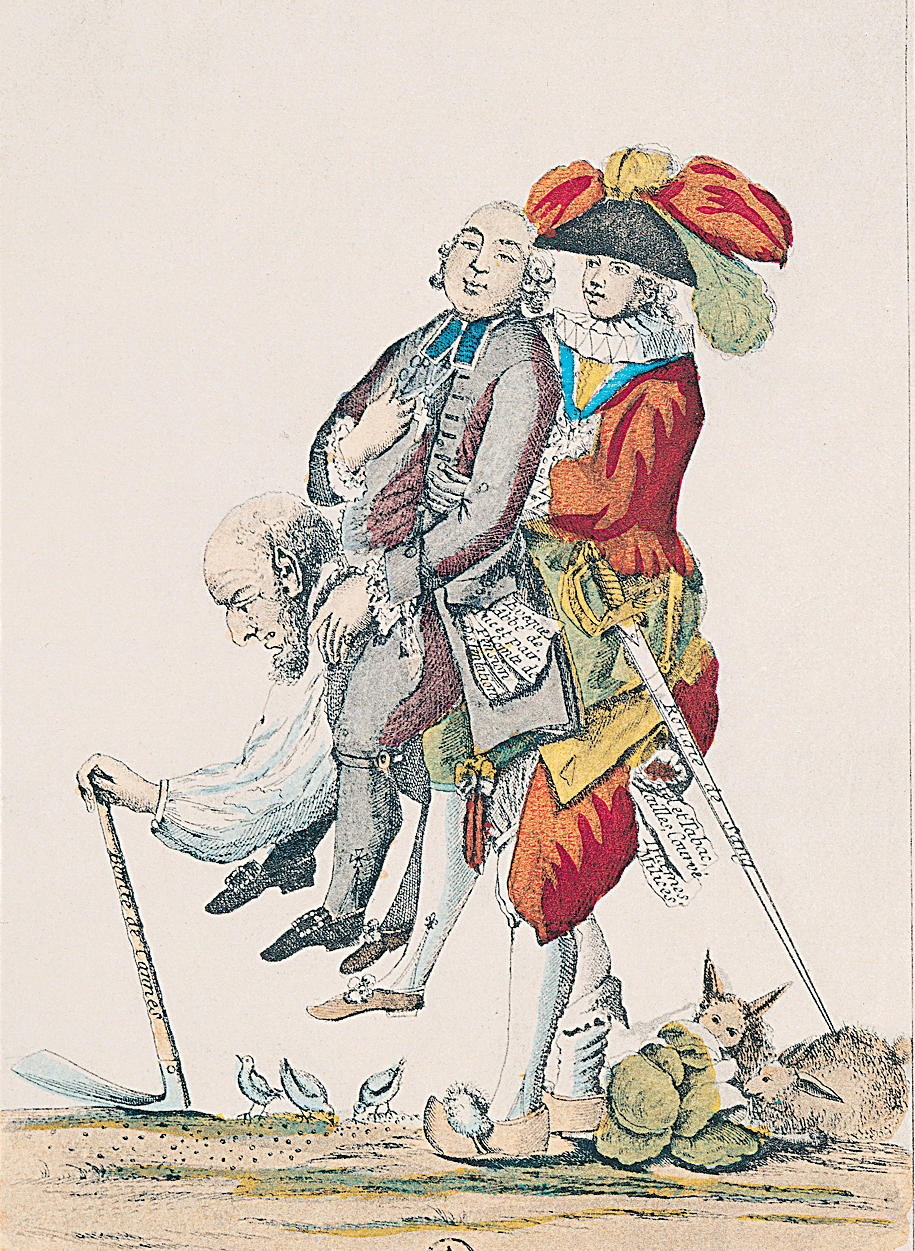Social Change

Eighteenth-
Traditional prerogatives persisted in societies undergoing dramatic change. Due to increased agricultural production, Europe’s population rose rapidly after 1750, and its cities and towns swelled in size. Inflation kept pace with demography, making it increasingly difficult for urban people to find affordable food and living space. One way they kept up, and even managed to participate in the new consumer revolution (see “Urban Life and the Public Sphere” in Chapter 19), was by working harder and for longer hours. More women and children entered the paid labor force. In another change, men and women in jostling European cities were freer from the constraints of village life, and the rate of illegitimate births soared. More positive developments were increased schooling and a rise in literacy rates, particularly among urban men.
Economic growth created new inequalities between rich and poor. While the poor struggled with rising prices, investors grew rich from the spread of rural manufacture and overseas trade. Old distinctions between landed aristocracy and city merchant began to fade as enterprising nobles put money into trade and rising middle-
Another social change involved the racial regimes established in European colonies. By the late eighteenth century European law accepted that only Africans and people of African descent were subject to slavery. Even free people of color — a term for nonslaves of African or mixed African-
In Spanish America and Brazil, people of European and African descent intermingled with the very large indigenous population. Demographers estimate that indigenous people still accounted for 60 to 75 percent of the population of Latin America at the end of the colonial period, in spite of the tremendous population losses of the sixteenth and seventeenth centuries. The colonies that became Peru and Bolivia had indigenous majorities; the regions that became Argentina and Chile had European majorities. Until the reforms of Charles III, indigenous people and Spaniards were required by law to live in separate communities, although many of the former secretly fled to Spanish cities and haciendas to escape forced labor obligations. Mestizos (meh-